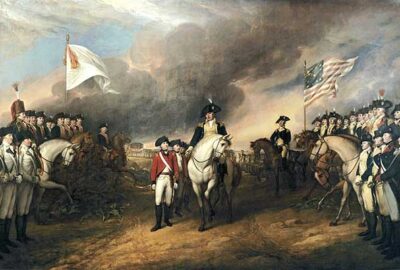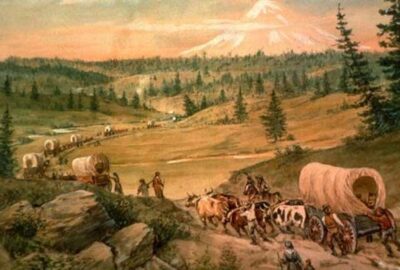The Civil Rights Movement was a series of events and protests that took place in the United States during the mid-20th century with the goal of securing equal rights for African Americans. The movement, which lasted from 1954 to 1968, was a response to the widespread discrimination and segregation that African Americans faced in many aspects of their daily lives.
The Civil Rights Movement was led by influential figures such as Martin Luther King Jr., Rosa Parks, and Malcolm X. These leaders used non-violent tactics, such as sit-ins, marches, and demonstrations, to draw attention to the injustices that African Americans faced. These actions sparked nationwide attention and inspired a new wave of activism and progress.
One of the key events of the Civil Rights Movement was the Montgomery Bus Boycott in 1955, which was sparked by the arrest of Rosa Parks for refusing to give up her seat. This boycott, which lasted for over a year, was successful in desegregating the city’s public transportation system.
Another important event was the March on Washington for Jobs and Freedom in 1963, where over 200,000 people marched to the Lincoln Memorial to demand equal rights for African Americans. During this march, Martin Luther King Jr. delivered his famous “I Have a Dream” speech, in which he spoke of his vision for a world where people of all races could live together in peace and equality.
The Civil Rights Movement also led to important legislative changes. In 1964, the Civil Rights Act was passed, which prohibited discrimination on the basis of race, color, religion, sex, or national origin in employment and public accommodations. The following year, the Voting Rights Act was passed, which ensured that African Americans could vote without being intimidated or discriminated against.
Despite these significant victories, the Civil Rights Movement was met with resistance and violence from those who opposed change. This included police brutality, bombings, and the murder of civil rights activists. However, the movement continued to gain momentum, and its impact can still be felt today.
The Civil Rights Movement was a turning point in American history, and it served as a catalyst for progress and change. It inspired future generations to fight for equality and justice, and it helped to create a more just and equitable society. Today, the legacy of the Civil Rights Movement lives on, and it serves as a reminder of the power of collective action and the importance of fighting for what is right.



